Species Impacts
Cover crop species can be grouped into four categories: brassicas, grasses, legumes and other broadleaves. Each type impacts soil health and agronomic systems in certain ways to address specific management goals.

Cover crop species can be grouped into four categories: brassicas, grasses, legumes and other broadleaves. Each type impacts soil health and agronomic systems in certain ways to address specific management goals.
Brassicas like mustards, kale, radishes, turnips and rapeseed feature large taproots that ease soil compaction, penetrate soil layers and influence water drainage. They scavenge nutrients, support grazing and suppress some pests.
Grasses and cereal grains like cereal rye, oats, ryegrasses and winter barley or wheat tend to establish easily through most any seeding method. Their fibrous roots prevent erosion, promote water infiltration and scavenge nitrogen. Their biomass can suppress weeds in the following crop.
Legumes like clovers, vetches, winter peas and cowpea fix nitrogen in the soil. They attract beneficial insects, reduce erosion and increase organic matter. They may also break pest cycles.
Miscellaneous broadleaf species like buckwheat, flax, phacelia, spinach and sunflowers are used as cover crops, often mixed with species from other categories. Each option offers different benefits. For example, sunflowers produce deep tap roots, buckwheat establishes and grows quickly, and flax serves as a mycorrhizal associator, building the soil network that helps crops draw water and nutrients from a larger area. Plus, many of these species attract pollinators and beneficial insects.
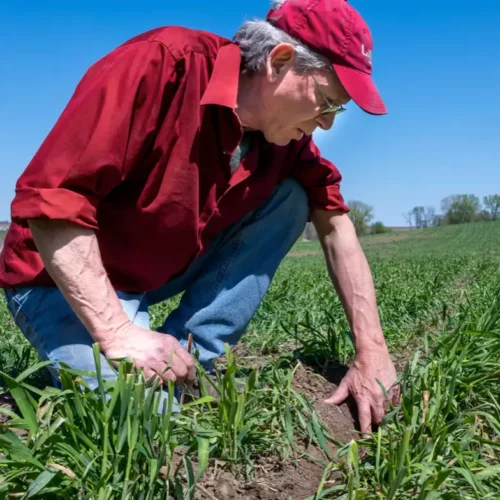
A cool-season grain, cereal rye is the most commonly seeded cover crop species, used either alone or in mixes. It can be seeded in a variety of ways, making it an ideal option for cover crop beginners. In crop rotations, it fits well following corn, before soybeans, as it scavenges nitrogen in the fall and adds biomass in the spring that can suppress weeds.
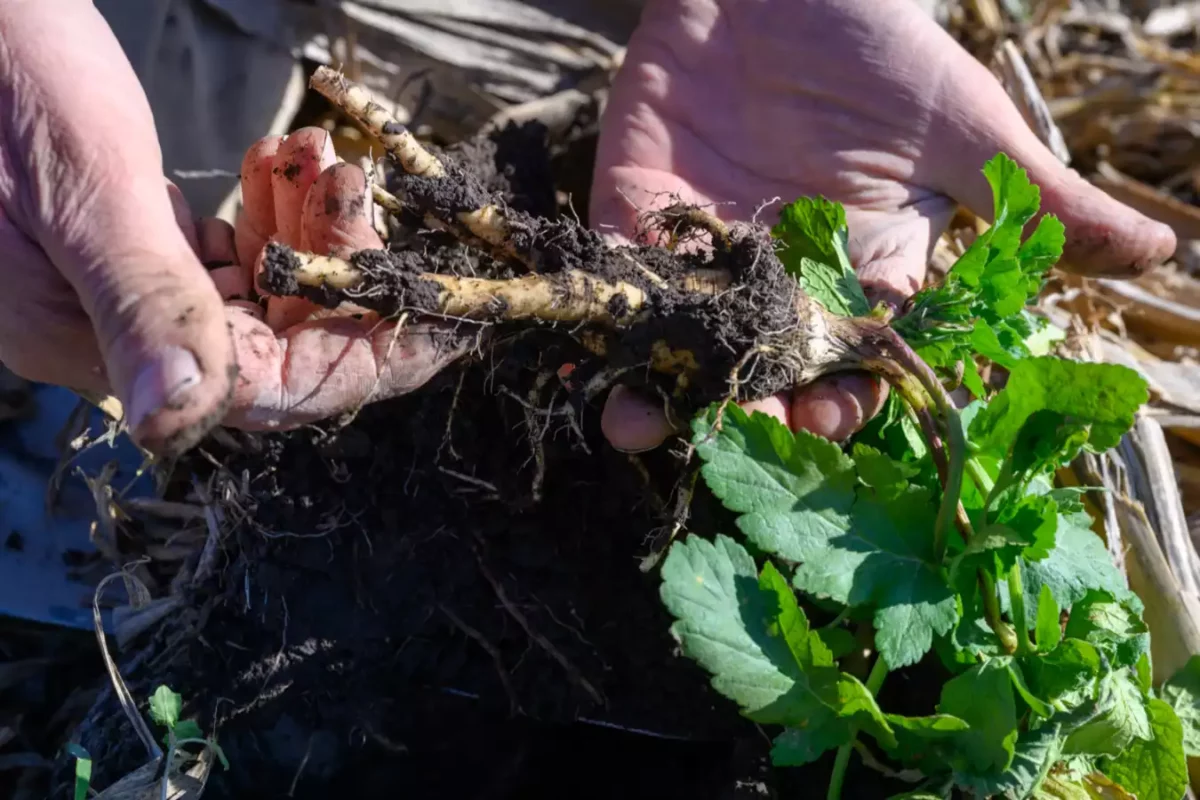
Brassicas like mustards, kale, tillage radish, turnips and rapeseed feature large taproots that ease soil compaction, penetrate soil layers and influence water drainage. They scavenge nutrients, support grazing and winterkill for termination. Many species also release compounds that can be toxic to other pests as they break down, supporting integrated pest management. The following detailed information about specific species can help determine if they fit in your fields.
These winter-hardy brassicas have tap roots that fight compaction and minimize erosion. They can regrow well under rotational grazing and can attract deer in winter food plots.
These cool-season annuals have deep taproots. They also produce high levels of compounds called glucosinolates when decomposing, which can suppress pest pressure.
Species of tillage or oilseed radishes produce long taproots that tackle soil compaction and scavenge nutrients, and they winterkill and decompose quickly in the spring. They work well for grazing.
This brassica is an oilseed with fibrous roots. Some varieties are also known as canola, typically a cash crop. Winter rapeseed varieties work well as a cover crop that prevents soil erosion and supports grazing.
Another cool-season option, turnips tolerate cold better than radishes, which supports winter grazing. They also capture soil nutrients and ease compaction. Turnips mix well with grasses.

Grasses and small cereal grains like cereal rye, oats, annual ryegrass, winter barley or winter wheat establish easily through most any seeding method. Their fibrous roots prevent erosion, promote water infiltration and scavenge nitrogen. The biomass they produce increases soil organic matter. And their above-ground growth can suppress weeds in the following crop. Check out specifics to learn how to put them to work in your cover crops.
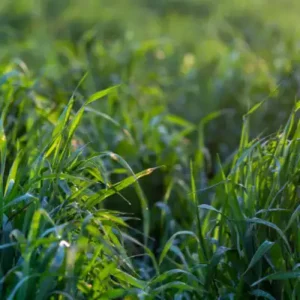
This cool-season grass can grow rapidly. Shallow, fibrous roots hold soil in place, improve water infiltration and enhance soil tilth. It can produce high volumes of biomass for organic matter.
Winter barley handles poor soils and dry conditions better than other small grains. It prevents erosion and nutrient loss. It can also add value as a forage or silage.
This versatile small grain can serve as a cover and a forage. They generally winterkill, and they mix well with other species. For beginning cover croppers, oats fit well following soybeans, before planting corn.
Cover crop options from this warm-season grass family tolerate drought well and grow quickly. They also provide forage or grazing while building soil and capturing nutrients. However, growth will depend on seeding timing and the first frost.
This winter annual is a cross between wheat and cereal rye. It supports nutrient cycling and storing carbon, and it is used more in cover crop mixes than on its own.
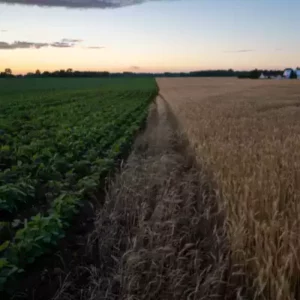
Winter wheat can serve as an easy-to-terminate grass cover crop. It prevents soil erosion, scavenges nutrients and supports grazing. It also offers the unique option of being harvested as a cash crop if the stand and prices warrant that. However, consider how that would impact
participation in cover crop programs.
Legumes like clovers, vetches, winter peas, cowpeas and other species fix nitrogen in the soil. Their flowers often attract beneficial insects, while their roots hold soil in place to reduce erosion. They produce biomass that increases organic matter. Plus, some species can also break pest cycles. Learn more about each species category below.
Several clover species work well as cover crops, including winter or summer annuals like crimson or berseem clover, as well as perennials like red and white clover. In addition to fixing nitrogen, clovers attract pollinators and beneficial insects.
A summer annual, cowpeas are also known as southern or black-eyed peas. They handle heat better than other legumes, while still fixing nitrogen and quickly covering the soil surface to smother weeds.
Options like field peas, also called Austrian winter peas, can grow as a winter or summer annual, depending on latitude and growing season length, though they usually winterkill. They provide forage, fix nitrogen and suppress weeds.
This tropical legume acts like a summer annual in the U.S., producing large amounts of biomass and visible nodulation on its roots for nitrogen fixation in relatively short times. It fits more easily as a cover in zones with longer growing seasons.
Most often, hairy vetch is used as a cover crop. Because of its winterhardiness, it can be seeded in the fall, and it fixes nitrogen and fights erosion. Other species, like common and woollypod vetch may be considered in southern regions. Research is examining the allelopathic effects of vetches for weed control.
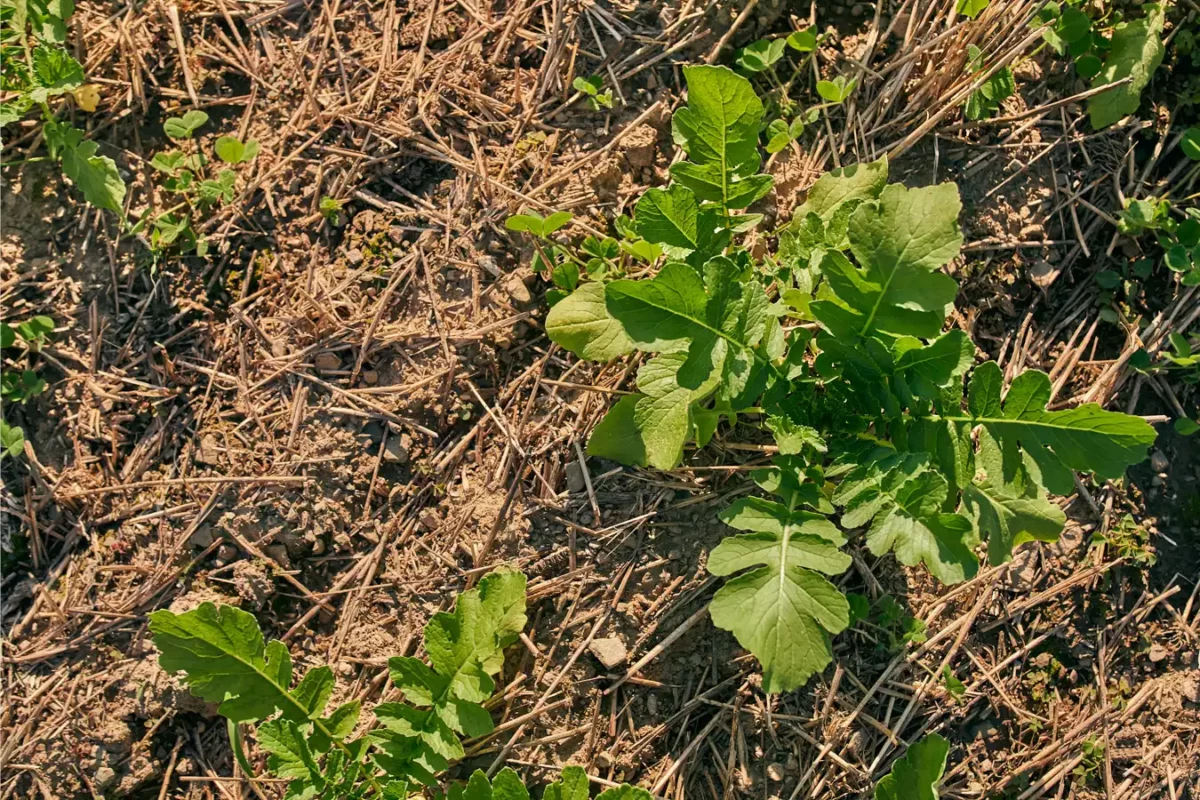
Other broadleaf species like buckwheat, flax, phacelia and sunflowers are also used as cover crops, often mixed with species from other categories. They offer a variety of benefits and fit different needs, though many of them attract pollinators and beneficial insects. Review the linked resources to determine if any of these miscellaneous species should be part of your mix.
A broadleaf grain sometimes grown as a cash crop, buckwheat establishes and grows quickly to cover the soil surface. Its residue breaks down quickly to add organic matter to the soil.
Though known first as an oilseed cash crop or a dietary supplement, when used as a cover crop flax can mobilize phosphorus and add organic matter in soils. As a mycorrhizal associator, it builds the soil network of microbes that helps crops draw water and nutrients from a larger area. It is a cool-season annual with long-lasting residue.
This unique species is native to the U.S., but it was developed in Europe. It captures soil nitrates, suppresses weeds and attracts pollinators and other beneficial insects.
The deep taproots of sunflowers alleviate compaction, while pulling nutrients and water up from deep soil layers and storing those nutrients. They also attract pollinators and pest predators, like birds.